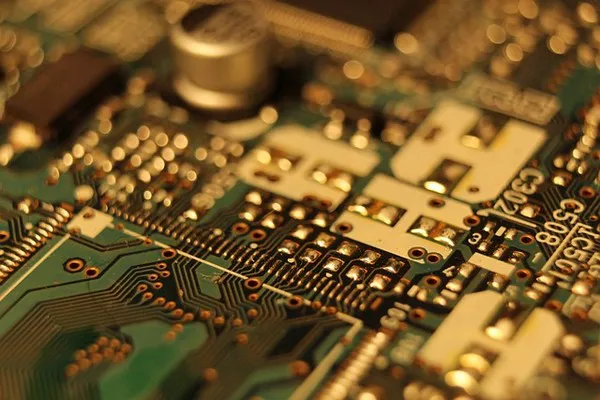In any environment where electrical equipment is present, fire safety becomes paramount. Understanding the appropriate measures to take in the event of an electrical fire is crucial for minimizing risks and ensuring everyone’s safety. One of the fundamental questions that arise in such scenarios is, “What extinguisher should be used on electrical equipment?” In this comprehensive guide, we delve into the world of fire safety, focusing specifically on the types of fire extinguishers suitable for electrical fires and how to use them effectively.
Understanding Electrical Fires:
Electrical fires are distinct from other types of fires due to their origin. Unlike traditional fires ignited by combustible materials, electrical fires stem from malfunctioning electrical equipment or wiring. The presence of electricity poses unique challenges and risks when attempting to extinguish such fires, making it imperative to handle them with caution.
Types of Fire Extinguishers:
To effectively combat fires, it’s essential to understand the different classes of fire extinguishers. These classes, denoted by letters, correspond to the types of fires they are designed to extinguish. Class C fire extinguishers are specifically tailored for electrical fires, utilizing non-conductive extinguishing agents to smother the flames without conducting electricity.
Characteristics of Class C Fire Extinguishers:
Class C fire extinguishers are characterized by their non-conductive extinguishing agents, typically composed of dry chemicals or carbon dioxide. These agents effectively disrupt the chemical reaction of the fire, extinguishing it without posing additional risks of electrical shock. Additionally, Class C extinguishers are equipped with specialized nozzles to disperse the extinguishing agent safely.
Proper Usage of Class C Fire Extinguishers:
Using a Class C fire extinguisher requires adherence to specific guidelines to ensure both effectiveness and safety. In the event of an electrical fire, follow these steps:
Assess the situation: Determine if it’s safe to attempt extinguishing the fire. If the fire is small and contained, proceed cautiously.
Evacuate the area: Alert occupants of the premises and ensure a clear evacuation path before attempting to extinguish the fire.
Cut off power: Disconnect the power source to the affected electrical equipment to eliminate the risk of electrical shock.
Aim at the base: Direct the nozzle of the fire extinguisher at the base of the flames, maintaining a safe distance to avoid exposure to electrical currents.
Sweep side to side: Discharge the extinguishing agent in a sweeping motion, covering the entire area of the fire until it is fully extinguished.
Monitor for re-ignition: After extinguishing the fire, remain vigilant for any signs of re-ignition and ensure the area is safe before resuming normal activities.
Safety Precautions:
When dealing with electrical fires, safety should always be the top priority. Remember the following precautions:
Never use water-based extinguishers on electrical fires, as water conducts electricity and can exacerbate the situation.
Avoid direct contact with electrical equipment or wiring when attempting to extinguish a fire.
If unsure or unable to safely extinguish the fire, evacuate the premises immediately and contact emergency services.
Training and Preparedness:
Preparation is key to effectively managing emergencies. Ensure all occupants are familiar with fire safety protocols, including the proper use of fire extinguishers. Conduct regular fire drills to reinforce evacuation procedures and provide training on fire extinguisher operation.
Additional Tips and Recommendations:
Inspect fire extinguishers regularly to ensure they are in proper working condition.
Store extinguishers in accessible locations and ensure they are clearly labeled for easy identification.
Develop an emergency evacuation plan and communicate it to all occupants of the premises.
Conclusion:
In the event of an electrical fire, having the knowledge and resources to respond swiftly and safely can make all the difference. By understanding the appropriate use of Class C fire extinguishers and adhering to established safety protocols, individuals can effectively mitigate the risks posed by electrical fires and protect lives and property. Remember, in the face of an electrical fire, preparation and caution are your greatest allies.

